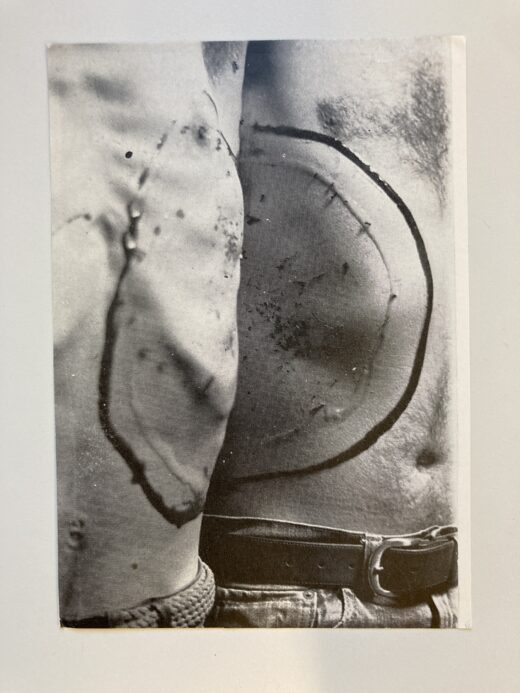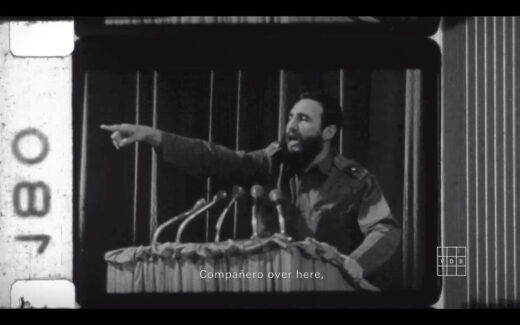Regional Resonances: In Search of the Transnational in Central East European Art of the 1970s
East European art scenes have long invited mostly negative comparisons with their West European counterparts. During the Cold War era, external perceptions often blurred the many differences between state socialisms and their related cultural fields. For their part, local artists and art historians in the countries of Eastern Europe criticized such homogenizing accounts, pointing instead to the many, and wide-ranging, Western connections of individual artists or artist groups with the West, as well as their distance from so-called official art. Another question was also rarely asked: whether there was any dialogue between artists working in different state-socialist societies of Eastern … Read more











